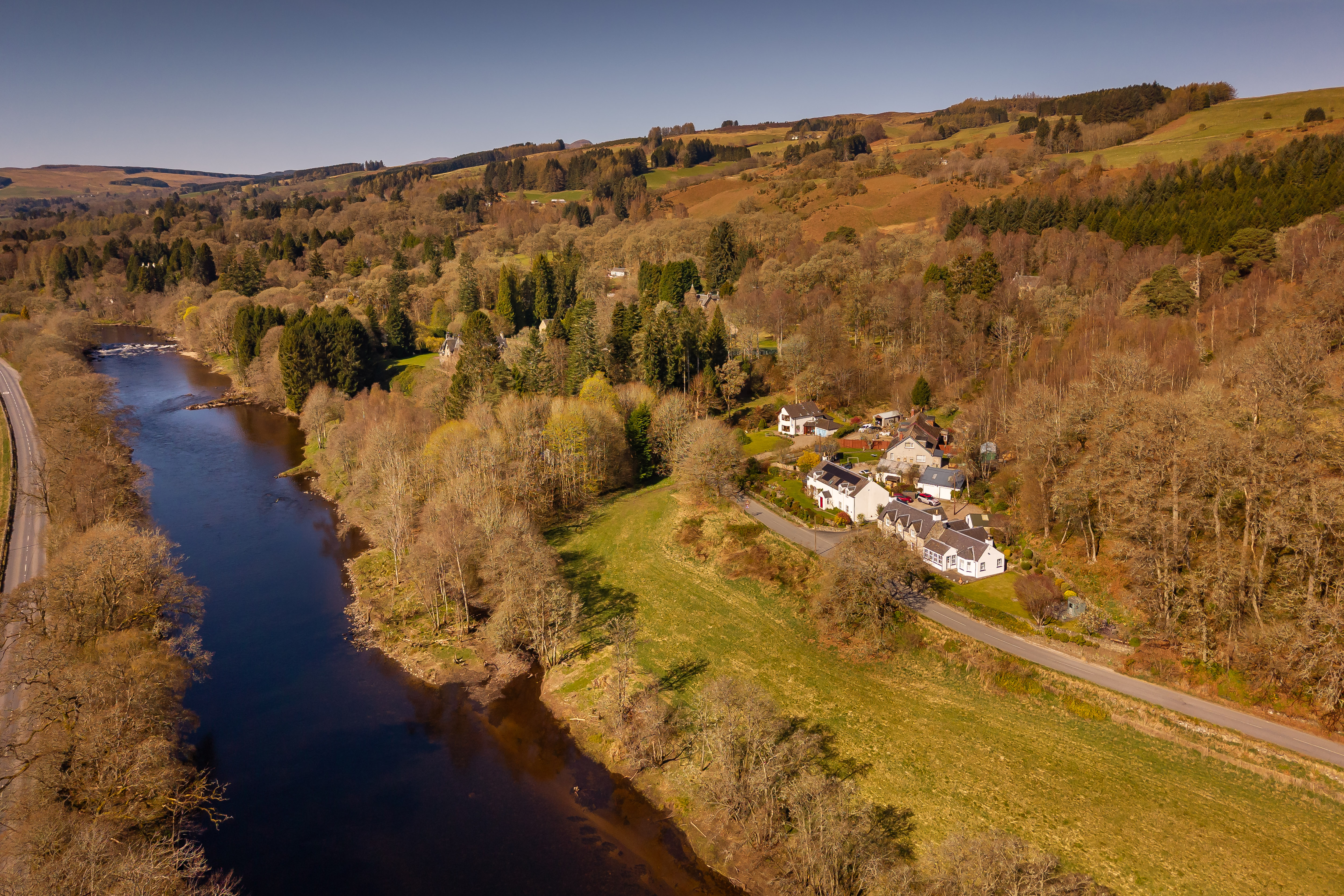Spectator - Carla Carlisle
It's a pity that Wililam Styron didn't live to see the results of the mid-term elections, says Carla - he would doubtless been pleased at the result.


Although William Styron was in many ways a man blessed, he was unlucky to die one week before the mid-term elections. He would have found solace in the redistribution of power in Washington, and been unamazed that his native state of Virginia hogged the limelight by bucking at the inevitable.
Somehow, I missed the announcement of the writer's death. The news came via email from a friend: 'Another giant gone. The world feels skimpier.' It felt like bad manners to ask how he died, so I Googled for obituaries instead. The word 'pneumonia' seemed synonomous with state of grace. I said a silent prayer of gratitude that this great Southern writer hadn't suffered a relapse of the near-fatal melancholia that overwhelmed him soon after he turned 60. When he recovered, he wrote about his harrowing descent into deep suicidal depression in a slender volume called Darkness Visible: A Memoir of Madness.
My copy is as worn as a prayer book, loaned to friends trying to understand an illness that has engulfed them or someone they love, read regularly by me to scare off the ghosts of everyday sadness/planetary predictions/the 7 o'clock news.
The first novel I read by Styron was The Confessions of Nat Turner, a fictional account of the violent rebellion led by the slave Nat Turner that took place in 1831. The book was the text for an American history course at Princeton taught by the historian Martin Duberman. I was the only female in the class, the only Southerner, and the only one who'd been involved in the civil-rights movement.
I felt honour-bound to join the attack on Styron for presuming to inhabit a black man's mind, to speak in a black man's voice. The problem was, I thought the book revealed the savagery of slavery in a way that no one had since Uncle Tom's Cabin. It was about more than a slave revolt: it was about relationships, about religious fanaticism, about a world deeply divided. Sticking up for Styron in the class was the beginning of my kinship with the writer. I read Sophie's Choice with an intensity that baffled friends. I also acquired a little file of Styronmania. He loved music and liked to write to Mozart's Sinfonia Concertante for Violin and Viola and ballads by Emmylou Harris. I have both on my iTunes.
If only I could emulate his writing schedule: sleep until noon; read and think in bed for another hour or so; lunch with his wife, Rose, at 1:30pm; errands, mail, music, daydream and gently rock into work until 4pm; up to his work-room to write for four hours, perfecting each paragraph until 200 or 300 words are as good as they can be; drinks and dinner with family and friends around 9pm, stay up until 2 or 3 in the morning reading, listening to music, drinking and thinking. I reckon that is a near-perfect routine.
William Styron was one of nature's Demo-crats. Lunches at his house in Martha's Vineyard often included Jacqueline Kennedy and, later, Bill and Hillary Clinton. He told the story of an evening when they played 'what's your favourite novel?'. Clinton's was The Sound and the Fury, and within seconds, the President began to quote from it verbatim. Like Faulkner, William Styron chose mighty themes, in part because he believed that 'human beings are a hair's breadth away from catastrophe both personally and on a larger historical level'. He would have found consolation in having a few more Democrats in office who we can only hope will slow down the march into darkness.
Sign up for the Country Life Newsletter
Exquisite houses, the beauty of Nature, and how to get the most from your life, straight to your inbox.
This article first appeared in Country Life magazine on 16 November, 2006.
Country Life is unlike any other magazine: the only glossy weekly on the newsstand and the only magazine that has been guest-edited by HRH The King not once, but twice. It is a celebration of modern rural life and all its diverse joys and pleasures — that was first published in Queen Victoria's Diamond Jubilee year. Our eclectic mixture of witty and informative content — from the most up-to-date property news and commentary and a coveted glimpse inside some of the UK's best houses and gardens, to gardening, the arts and interior design, written by experts in their field — still cannot be found in print or online, anywhere else.
-
 Vertigo at Victoria Falls, a sunset surrounded by lions and swimming in the Nile: A journey from Cape Town to Cairo
Vertigo at Victoria Falls, a sunset surrounded by lions and swimming in the Nile: A journey from Cape Town to CairoWhy do we travel and who inspires us to do so? Chris Wallace went in search of answers on his own epic journey the length of Africa.
By Christopher Wallace
-
 A gorgeous Scottish cottage with contemporary interiors on the bonny banks of the River Tay
A gorgeous Scottish cottage with contemporary interiors on the bonny banks of the River TayCarnliath on the edge of Strathtay is a delightful family home set in sensational scenery.
By James Fisher